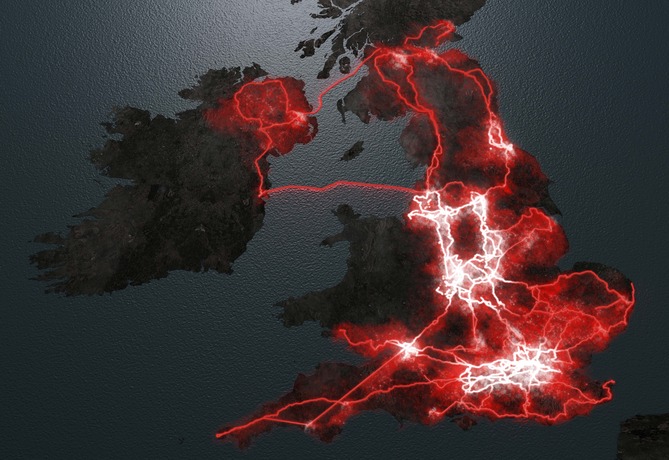Openreach Increases FTTP Target To 3m In ‘Fibre First’ Drive

BT Openreach promises to make broadband great again with ‘fibre first’ rollout
Openreach has pledged to reach three million homes and business with fibre to the premise (FTTP) broadband by 2020 – an increase from its previous 2 million – as it embarks on a ‘fibre first’ philosophy.
Earlier this week it was revealed that 95 percent of the UK can access superfast broadband speeds of at least 24Mbps, but the overwhelming majority of this uses fibre to the cabinet (FTTC) technology, which uses copper for the final few hundred metres of the connection.
BT had previously committed to delivering ‘ultrafast’ broadband to 12 million premises by 2020, but just 2 million of these will be connected via FTTP. The remainder will be achieved using G.Fast, a technology which speeds up existing copper connections.
![]()
Openreach FTTP
But now, Openreach will deploy fibre wherever it can as a matter of course. Its FTTP network currently covers 500,000 homes and businesses, mainly in rural areas, but the first eight cities to be targeted will be Birmingham, Bristol, Cardiff, Edinburgh, Leeds, Liverpool, London, and Manchester.
Up to 40 towns, cities and boroughs will comprise the first phase of the rollout and the ultimate goal is to reach 10 million by the mid 2020s. G.Fast remains a critical component of Openreach’s ultrafast plans as well.
“Three million by 2020 might not seem a lot – but connecting every individual property to a full fibre connection is a massive task and takes significant time, engineering and manpower,” said Openreach CEO Clive Selley. “The job of ‘fibering’ the UK will take decades.
“That’s why we can’t do it alone. Openreach needs to prove it can build FTTP at scale for a competitive cost. Last year, our consultation with industry helped us identify a set of enablers to help us do this. For example, we need a supportive public policy and regulatory environment that encourages infrastructure investment. We need to get the costs of delivering fibre down and ensure that there is demand for and take up of the new FTTP platform.”
Openreach’s focus on FTTP marks a change from its insistence that fibre to the cabinet (FTTC) was the right technology to use for its initial superfast broadband rollout. And its willingness to work with other providers not only demonstrates a change in attitude following the decision by Ofcom to make Openreach a legally separate entity.
Some of BT’s opponents had argued that under the previous model, Openreach made decisions that primarily benefited its parent rather than the 580 CPs that use the open access network. It claimed that if Ofcom forced BT to sell the division, then all providers – such as Sky, TalkTalk and Vodafone – could invest in the company and fund the rollout of “futureproof” FTTP.
Openreach’s ongoing consultation into the feasibility of a wide-scale rollout is encouraging them to fulfil that promise.